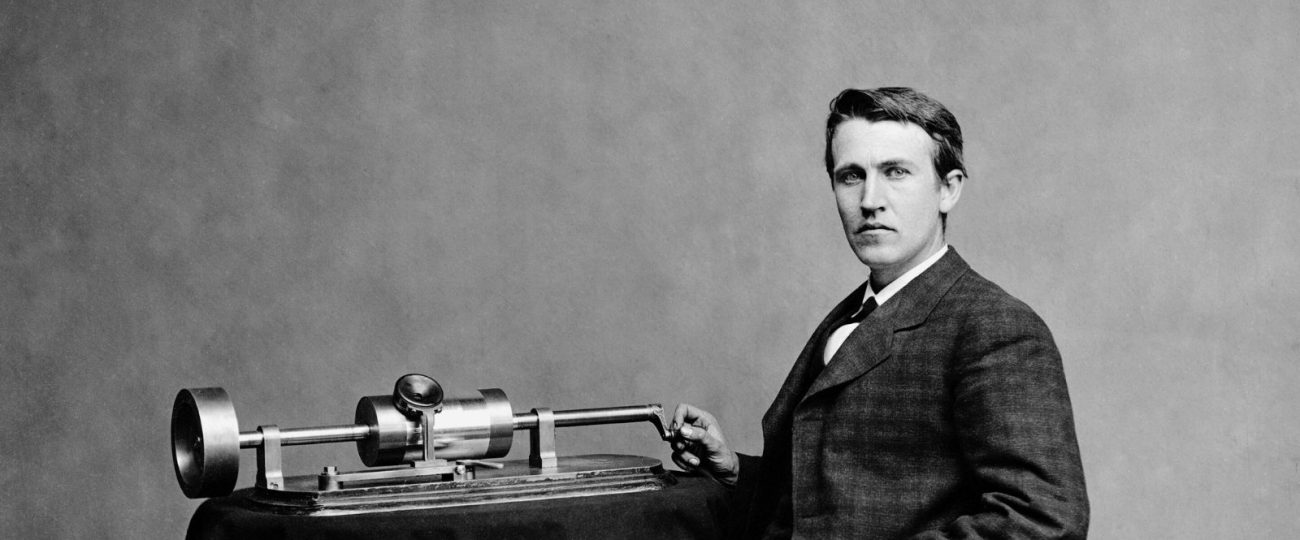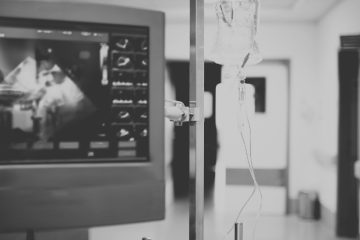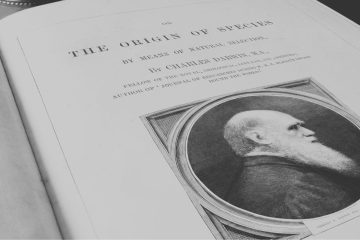Thomas Edison’s insatiable curiosity set him apart from a young age. Born in 1847 in Milan, Ohio, his early education was sporadic and home-based, guided by his mother, Nancy Edison. She nurtured his inquisitive nature, encouraging self-directed learning. By 12, Edison had set up his first laboratory in the family basement. This early hands-on experimentation laid the foundation for his future as an inventor.
A notable incident occurred when young Edison experimented with a chemistry set in a train’s baggage car, causing a fire. This led to his expulsion from the train. Instead of being deterred, this actually fueled his passion for experimentation, demonstrating his strong determination.
Edison’s First Love
Before the electric light bulb, Edison innovated in telegraphy. His first major invention, the improved stock ticker, emerged from his work as a telegraph operator. This device, which transmitted stock prices over telegraph wires, transformed financial markets by providing real-time information. Edison’s success with the stock ticker brought him financial gain and solidified his reputation.
Edison’s deep understanding of telegraphy influenced many of his later innovations. For instance, his invention of the quadruplex telegraph, which could send two messages simultaneously in both directions, showcased his ability to enhance existing technologies. This invention greatly increased telegraph communication efficiency.
The Phonograph Revolution
Edison’s phonograph, created in 1877, could record and reproduce sound. His first successful recording was the nursery rhyme “Mary Had a Little Lamb.” The phonograph’s ability to capture and playback sound revolutionized the entertainment industry and eventually paved the way for the modern music industry.
Edison envisioned practical applications for the phonograph, such as dictation, audio books for the blind, and family record-keeping. Although these uses did not immediately catch on, the phonograph’s impact on music and entertainment was undeniable, transforming the way people experienced music.
Menlo Park’s Invention Factory
Edison’s Menlo Park, established in 1876, was the world’s first industrial research laboratory. Known as the “Invention Factory,” Menlo Park became a hub for innovation. Here, Edison and his team developed the first practical incandescent light bulb, among other inventions.
The collaborative environment at Menlo Park was revolutionary. Edison hired skilled scientists and engineers, fostering teamwork and continuous improvement. This approach set a new standard for research and development. The work at Menlo Park resulted in over 400 patents.
The Failed Inventions
Despite his successes, Edison experienced notable failures. One failure was his venture into ore milling. Edison invested heavily in developing a method to extract iron ore from low-grade deposits. The venture failed due to high costs and technical difficulties. This failure, while financially devastating, taught Edison valuable lessons about risk and perseverance.
Another ‘failed” project was the electric pen, developed in 1876. Intended to facilitate document duplication, the pen used a small electric motor to drive a needle. Although not commercially successful, the technology later influenced the development of the tattoo machine and other electric writing devices. These failures exemplify Edison’s belief in learning from mistakes and continuous innovation.
Edison’s Intense Work Habits
Edison’s work ethic was legendary. He often worked up to nineteen and one-half hours a day, taking short naps in his laboratory. His unusual sleep patterns, which involved frequent brief naps, maximized his productivity. Edison’s dedication is captured in his quote, “Genius is one percent inspiration and ninety-nine percent perspiration.”
He approached work methodically yet experimentally, maintaining meticulous notebooks documenting his experiments, observations, and ideas. These records facilitated his work and provided valuable insights for his team. Edison’s focus and ability to manage multiple ventures highlight his extraordinary organizational skills and mental stamina.
The Electric Chair & Motion Pictures
Edison’s business acumen extended beyond inventing. He played a controversial role in developing the electric chair. During the “War of Currents,” Edison sought to discredit alternating current (AC), promoted by his rival George Westinghouse, by associating it with lethal outcomes. He publicly demonstrated the dangers of AC by electrocuting animals and supported its use in the electric chair, which sparked ethical debates and affected his reputation.
In contrast, Edison’s contributions to the motion picture industry were pioneering. He developed the Kinetoscope, an early motion picture exhibition device, in the late 1880s. The Kinetoscope allowed individuals to view moving images through a peephole, laying the groundwork for the modern film industry.
Edison’s establishment of the first film studio, known as the Black Maria, in West Orange, New Jersey, was the beginning of commercial filmmaking. The short films produced at the Black Maria captivated audiences and demonstrated the potential of motion pictures as entertainment and documentation.
His Personal Life & Relationships
Edison’s personal life was as complex as his professional one. He married twice and had six children. His first wife, Mary Stilwell, died young, leaving him with three children. Edison’s second marriage to Mina Miller brought him stability and support. Mina managed his affairs and supported his endeavors, allowing him to focus on his work.
Edison’s relationship with his children was multifaceted. His eldest son, Thomas Alva Edison Jr., struggled to step out of his father’s shadow, while his younger children pursued various interests, some following in their father’s scientific footsteps. Edison’s home life was a blend of affection and expectation.





